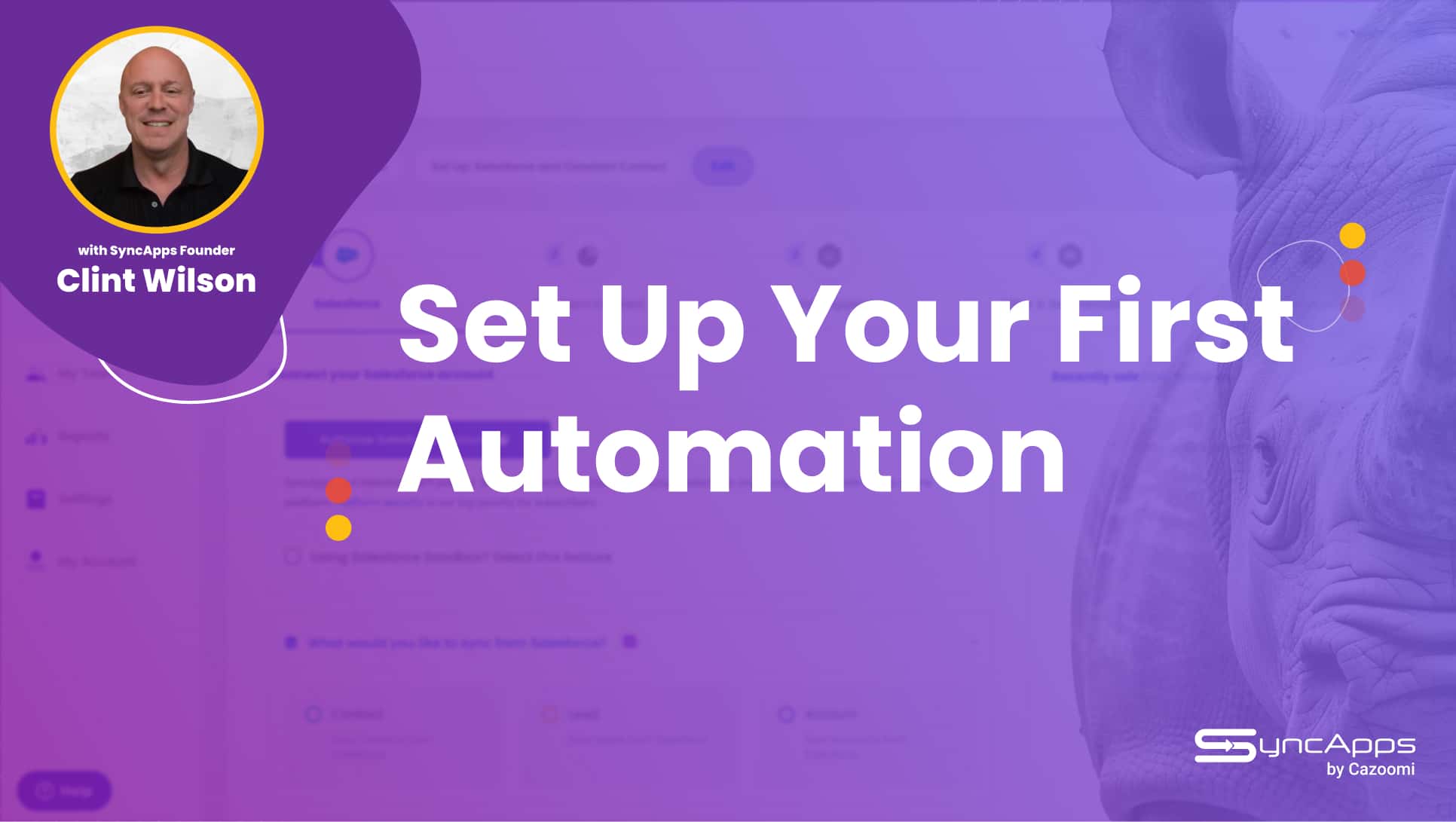How Can Generative AI Improve Your Customer Service Experience?

Generative AI has swept the nation. Tools like ChatGPT have skyrocketed in popularity among consumers and businesses, leaving companies looking for any way to capitalize on its potential. One of the best ways to use it is to apply it to your customer service experience.
CX is a crucial part of running any business, and while it may seem like the kind of place that relies on human connection, AI has a significant role to play in it. Here are five ways to use generative AI to improve customer service.
Higher Service Desk Productivity
One of generative AI’s most significant advantages in customer service is its speed. Many businesses take minutes — if not hours or even days — to respond to users, but 90% of consumers today expect immediate responses to customer service questions. That’s difficult to maintain without a massive service desk, but generative AI makes it possible.

ChatGPT is an excellent example of how conversational and helpful generative AI can be. Its capabilities are significantly enhanced when conjoined with ancillary tools such as the BrowserGPT Chrome extension, optimizing the content creation workflow for superior efficiency. Using tools like this to build chatbots ensures your customers can get immediate feedback on any questions, no matter when they ask them.
Of course, sometimes your buyers need a human touch, but generative AI speeds up these responses, too. AI can handle monotonous, time-consuming tasks to give human employees more time to respond to questions. Generative models can also summarize a customer’s situation to give these workers more context going into the conversation.
Increased Personalization
On top of needing fast responses, customers want personalized ones. E-commerce platforms already use AI to provide real-time customized services based on users’ shopping behavior, and you can apply similar systems to your customer service.
The critical advantage of generative AI over conventional AI is it can produce original content, not just repeat or analyze what already exists. As a result, generative models can craft unique outreach messages, question responses, or other communications based on individual users’ preferences. That customization will make your company feel much more personable and helpful.
You could use generative AI to tailor emails’ tones to appeal to customers of different ages or backgrounds. Alternatively, you could use it to determine what services or solutions will be the most helpful or convenient for specific clients. Whatever the specifics, this level of personalization produces higher satisfaction and more brand loyalty.
More Functional Chatbots
Chatbots already play an essential role in many businesses’ customer service, but many fall short. Conventional bots can be repetitive, sound too robotic, or fail to understand users’ real problems. Generative AI unlocks more functionality to work around these shortcomings.
Generative models tend to feel more conversational and human than conventional chatbots because they don’t rely on pre-written dialogue options. They can also adapt responses and analyze situations differently depending on the context, which helps them serve customers more accurately. You can use an AI Chatbot in healthcare, banking, e-commerce, and tailor it to suit the specific needs of each industry, enhancing customer interactions and overall user experience.

Companies have seen some impressive returns from fine-tuning their chatbots. Better chat experiences can lead to 70% more sales interactions and higher conversion rates, not to mention reduced churn.
Improved Search Functions
You can also use generative AI to make your website’s search function more helpful. Just as this technology enables more conversational chatbots, it can understand conversational searches, which makes it easier for your customers to find what they need.
Conversational search lets users look for things without honing on specific keywords. They can simply ask questions by typing or speaking through their devices’ microphones, and generative AI will interpret them to pull up the results. Generative AI’s contextual understanding can also make these results more relevant.
Recent trends show people like using conversational search features. After introducing ChatGPT into its search engine, Bing’s mobile app saw a six-times increase in its daily active users. Not everyone can expect such a dramatic spike, but you can bet on seeing at least some improvement.
Expanded Data Analytics
Generative AI also improves CX in non-consumer-facing areas. These models can pull more insights from a broader range of data than you could before, providing what you need to craft a more effective ongoing improvement strategy.

Conventional data analytics sometimes struggles to quantify data that doesn’t fit neatly into a spreadsheet. You can get around this by using generative AI to analyze conversations with customers, whether asking for insights or summarizing phone calls and emails, so that you can analyze it faster on your own.
AI applications like this let you see where previous customer service interactions succeeded and where they needed improvement, showing you how to refine your CX. Some organizations have saved over $5 million in operational costs using generative AI like this.
Generative AI Is the Next Big Thing in CX
Among these five use cases, generative AI shows a lot of potential to boost customer service experiences. If you can capitalize on even one or two of these applications, you can take your CX to the next level.
Despite being relatively new, generative AI will undoubtedly change the industry. If you want to stay as competitive as possible, get ahead of that trend and start learning how to use generative AI today.






